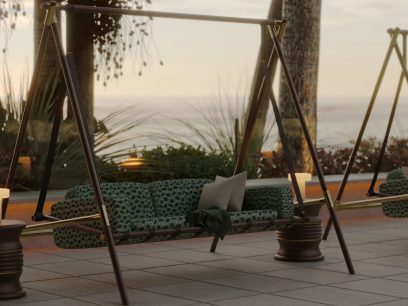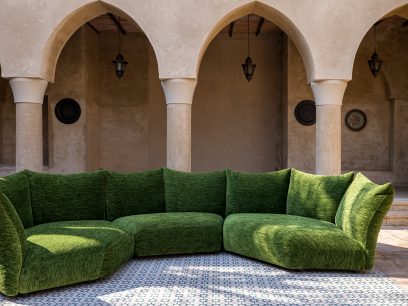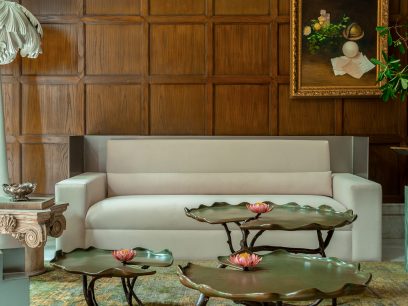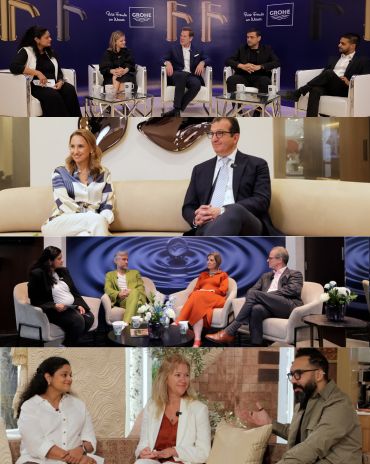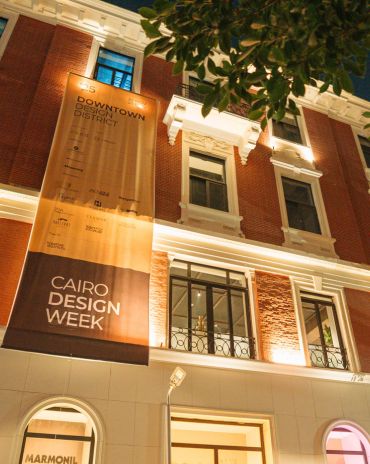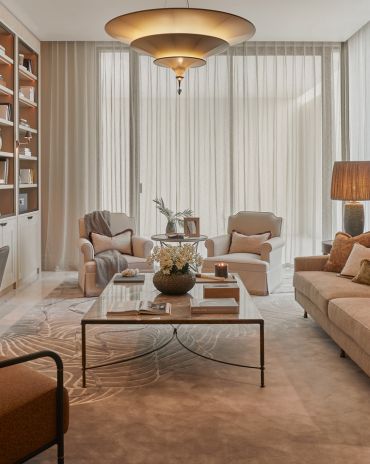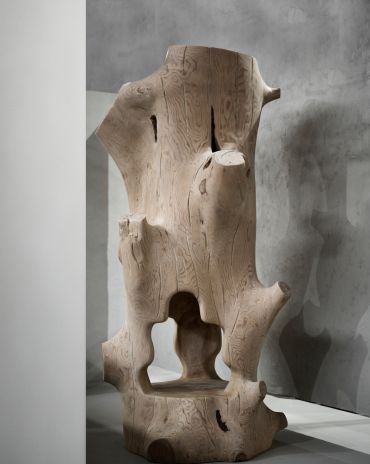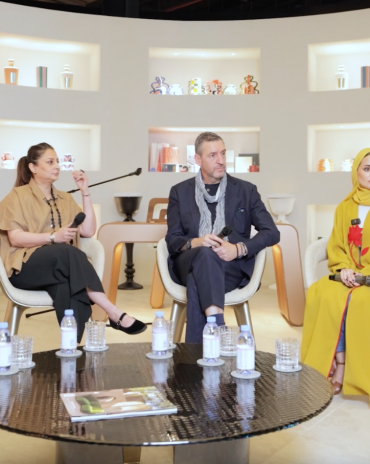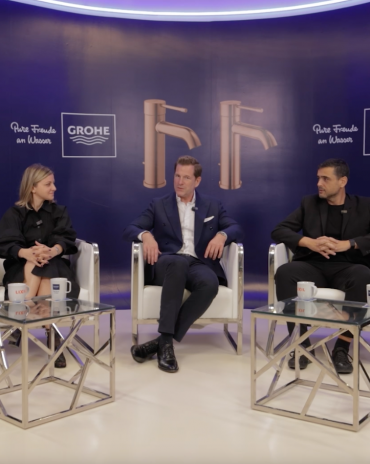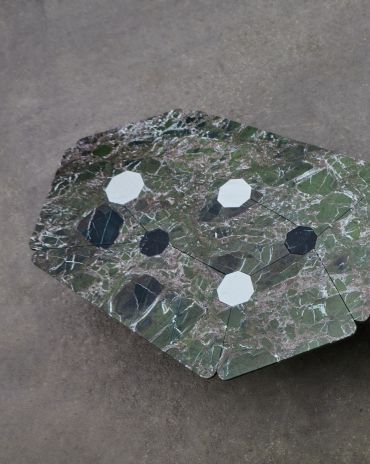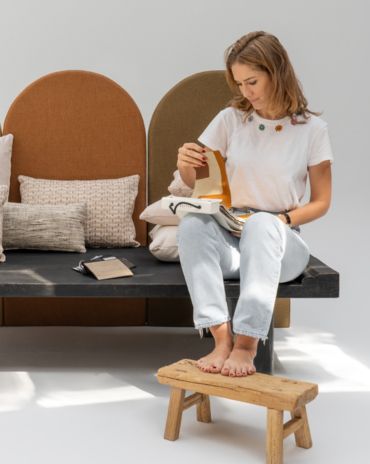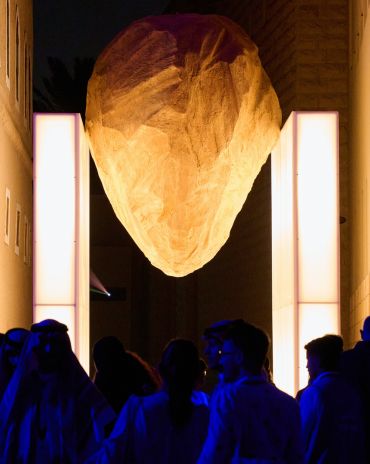Copyright © 2025 Motivate Media Group. All rights reserved.
United in Design aims to address the lack of diversity within the design field
The charitable organisation is founded by interior designers Sophie Ashby and Alex Dauley
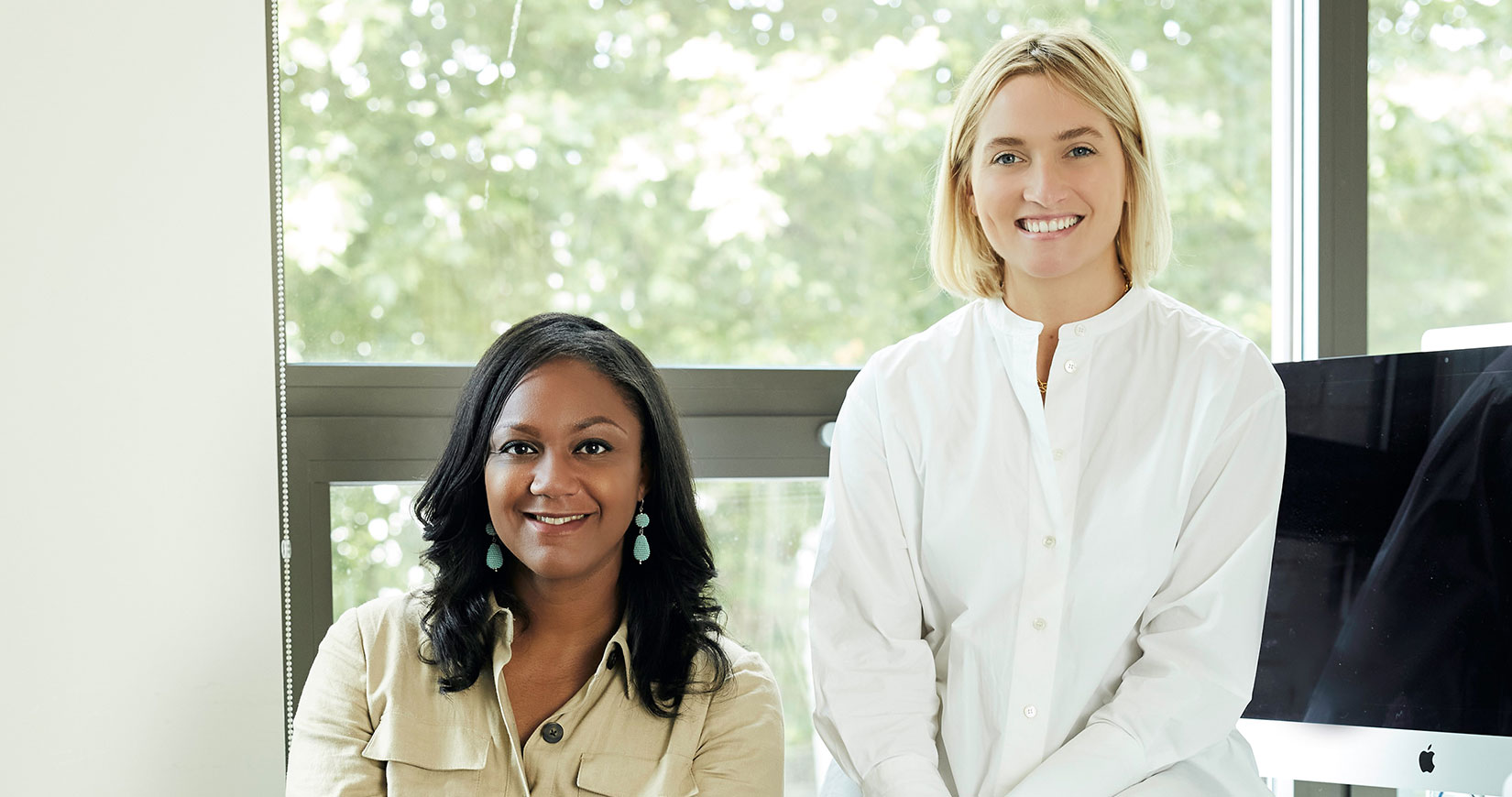
Founded by London-based interior designers Sophie Ashby of Studio Ashby and Alex Dauley of Dauley Design, United in Design is a charitable organisation set up to address the lack of diversity within the design field.
How would you define United in Design?
Alex Dauley (AD): In essence, United in Design aims to address the inequalities present across the design industry and provide actionable avenues for change. We define ourselves as an organisation that helps to educate and open pathways into interior design. With United in Design, we hope to play a part in making interior design an accessible and obtainable career choice, working closely with the industry to tackle the obstacles preventing this by correcting the balance and levelling the playing field.
What prompted you to start United by Design?
Sophie Ashby (SA): On 4 June 2020, I issued a statement on the Studio Ashby Instagram feed, in response to the murder of George Floyd and the global anti-racism movement, acknowledging the studio’s own shortcomings in running a diverse company and also some uncomfortable home truths about the elitist and exclusionary nature of the design world. United in Design is a product of the outpouring of energy and the drive for change I received in response to this post, having spoken to so many people and listened to their stories of struggle, sidelining and missed opportunities.
AD: My passion for United in Design was ultimately fuelled by first-hand experience of this reality – which is why, having trained and tutored at KLC School of Design, I began outreach to leading industry figures to specifically promote the benefits of addressing the inequality.
Do you feel that the lack of diversity in interior design is a global problem, and what are some ways to address this issue?
SA: Definitely. Locally and globally, interior design is a profession most often afforded by privilege – opportunities to live in beautiful houses, to travel, to visit hotels, to be immersed and inspired, private education, access to funding for highly expensive design courses, a foot in the door. These are all important introductions. It’s an uncomfortable but a very real truth, as an industry with the badge of elitism stamped all over it.
Do you have plans to widen your outreach with United in Design to a global audience?
AD: Our end goal is to become an ongoing sponsored initiative that is able to nurture, coach and develop high-potential candidates from Black, Minority Ethnic and low socio-economic groups – eventually funding scholarships, apprenticeships and bursaries for programme participants via annual subscription fees and events. At the moment, our energies are focused on the UK but we hope to build partnerships across the globe and lay a framework that other organisations can adopt.
What has the reception been like from the industry since the launch?
SA: The reception has been overwhelmingly positive, inspiring and hopeful for change.
AD: Sophie and I have been so thrilled with the response so far and we have now had over 120 partners signed up to the initiative. We are also starting to receive emails from applicants who wish to receive mentoring, work experience and apprenticeship placements and many new outreach projects are being set up in partnership with UiD.
How can we use education as a tool for inclusivity?
AD: Through our research, we learned that there seem to be two main barriers to the interiors industry: money and lack of opportunity. Many of the well-known educational settings are very expensive which makes studying there unrealistic to a huge number of people. However, many design companies only hire from these esteemed design schools so the pool of applicants is already segregated by lack of financial means.
Ultimately, we want to make our industry more inclusive, break down some barriers to entry and help connect people with opportunities. We plan to provide a wealth of advice and guidance via our online resource hub. There isn’t currently a centralised platform that people can access to find out what they need to know about a career in design – United in Design will provide that.
What frameworks have you developed for United in Design, and what programmes have been created to contribute to actionable change?
AD: By pooling groups of four design studios, makers and suppliers together, we are able to provide a 12-month apprenticeship placement, with the apprentice spending three months in each organisation. The apprentice will be paid a junior designer salary, split across the four studios, enabling each apprentice to gather a broader set of skills, knowledge and contacts in order to progress through the industry.
We are excited to announce that our first pool of companies has been put together to offer four United in Design Apprenticeship Apprenticeship placements; each apprentice will spend three months in companies such as Laura Hammett Interiors, Fromental, Turner Pocock and Brady Williams Studio – among many other leading firms.
SA: The key to the framework of United in Design is that it addresses the issues with tangible results. In order to take the pledge and become a member of the United in Design movement, businesses (or individuals) must commit to three actions from the seven-point actional pledge, which aims to encourage partners to unlock doors and inspire others within the industry, sharing their wealth of expertise and time with those who need it most.
Read more: 15 inspiring Black architects and designers you should be following
The Latest
Dubai Design Week: A Retrospective
The identity team were actively involved in Dubai Design Week and Downtown Design, capturing collaborations and taking part in key dialogues with the industry. Here’s an overview.
Highlights of Cairo Design Week 2025
Art, architecture, and culture shaped up this year's Cairo Design Week.
A Modern Haven
Sophie Paterson Interiors brings a refined, contemporary sensibility to a family home in Oman, blending soft luxury with subtle nods to local heritage
Past Reveals Future
Maison&Objet Paris returns from 15 to 19 January 2026 under the banner of excellence and savoir-faire
Sensory Design
Designed by Wangan Studio, this avant-garde space, dedicated to care, feels like a contemporary art gallery
Winner’s Panel with IF Hub
identity gathered for a conversation on 'The Art of Design - Curation and Storytelling'.
Building Spaces That Endure
identity hosted a panel in collaboration with GROHE.
Asterite by Roula Salamoun
Capturing a moment of natural order, Asterite gathers elemental fragments into a grounded formation.
Maison Aimée Opens Its New Flagship Showroom
The Dubai-based design house opens its new showroom at the Kia building in Al Quoz.
Crafting Heritage: David and Nicolas on Abu Dhabi’s Equestrian Spaces
Inside the philosophy, collaboration, and vision behind the Equestrian Library and Saddle Workshop.
Contemporary Sensibilities, Historical Context
Mario Tsai takes us behind the making of his iconic piece – the Pagoda
Nebras Aljoaib Unveils a Passage Between Light and Stone
Between raw stone and responsive light, Riyadh steps into a space shaped by memory and momentum.

